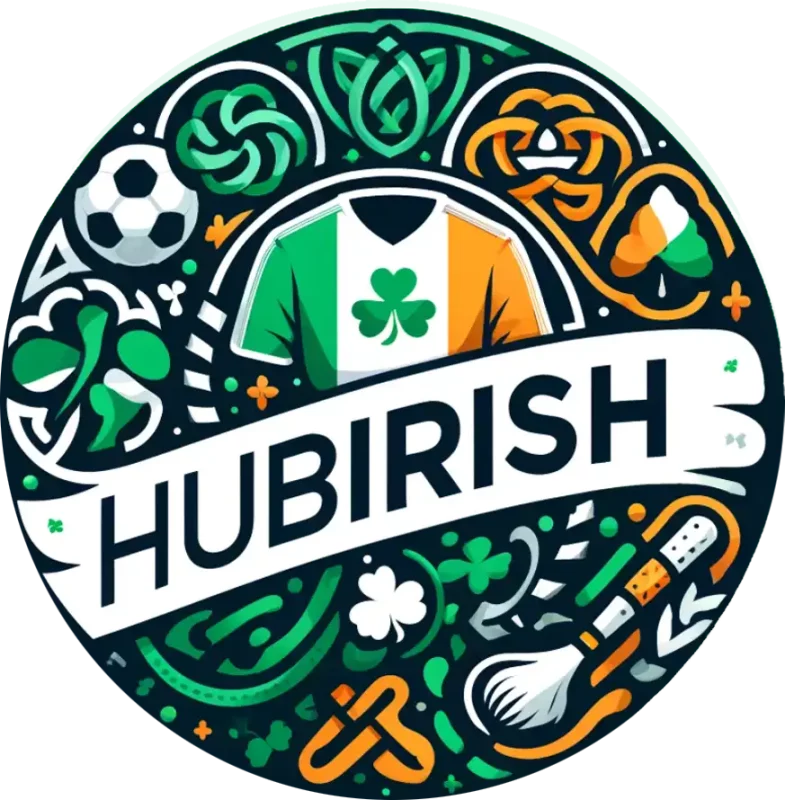Uncategorized
The Night the Puck Out Became a Cry for Irish Pride
The Night the Puck Out Became a War Cry in Croke Park
Estimated reading time: 5 minutes
- What Happened Under the Floodlights?
- The Vibes of History
- The Transformation of the Puck Out
- Soundtrack to Our Lives
- Key Takeaways
- Did You Know?
- The Heart of Irish Storytelling
What Happened Under the Floodlights?
The evening of September 30th, 1984, is seared into the minds of any self-respecting GAA fan, a night when Croke Park bore witness to not just a match, but an explosion of emotion that would resonate for generations. On that day, a youthful Tipperary team faced off against the titans of Offaly in the All-Ireland Hurling Final. Tipperary had not tasted All-Ireland victory since 1971 — a drought that had become an almost unbearable weight on the shoulders of fans and players alike.
The match began as a tactical exchange, but it was the moment a Tipperary goalkeeper, the unforgettable Pat McGrath, executed a simple puck out that would set the crowd ablaze. He struck the ball with such ferocity it sailed through the air, capturing not just the spirit of the game but also the fervor of a nation longing for catharsis. Fans erupted, chanting and roaring, transforming that single moment of sport into an anthem of defiance against a backdrop of historical pain and struggle.
The Vibes of History
You see, sport in Ireland is never just sport; it’s a reflection of our identity and our shared narratives. Underneath the jovial banter, behind each color-coded jersey, lies history — the echoes of the Great Hunger, the weight of colonialism, generations of striving for independence, peace, and now, sporting glory. That puck out became crowned with the hope of a resurgent nation, fueling Tipperary to take a commanding lead, as Offaly clawed back but could never overturn that electrifying momentum.
Yet, on that night, the emotional stakes were raised further. The narrative of rivalry between counties like Tipperary and Offaly bore an undertone of the political — it drew from the reality of a life lived under tension, where sporting outcomes often mirrored the social woes encountered in Irish society. You can almost taste the bitterness of the past within the chants echoing from the terraces, the pride like an old, weathered banner being unfurled.
The Transformation of the Puck Out
As McGrath stood resolute with his hurl, replays of that moment remind us that sometimes it’s the little gestures that flare up the torch of remembrance and resistance. Folk memories are created in arenas of sweat and dreams, as chants ascend to the heavens. The puck out grew wings and transformed into something more than a means to restart play — it morphed into a war cry, a declaration that even in our struggles, we fly high, that you can keep a good heart down, but come what may, we’ll rise again.
Fast forward a few decades and that irrefutable spirit manifesting at Croke Park doesn’t just wear the jersey; it wears the soul of the nation. You could almost hear the ghostly voices of our ancestors mingling in the cheers and jeers as they too had tasted that bitter draught of struggle.
Soundtrack to Our Lives
What would an Irish sporting occasion be without the stirring soundtrack of our history? The night Tipperary lifted the cup in ’84 was accompanied by the melodic strains of the Wolfe Tones and the gritty sounds of Thin Lizzy, as the crowd remained inspired by sporting legacies that serve as odes to pride, resilience, and hope. The storytelling continues, fueled by the passion of musicians like Christy Moore, who summon the voices of many in their lyrics, reminding us that every whisper of our shared memories is as vital as the roar of the crowd.
It’s this tapestry — woven with deft strokes of sorrow, pride, and laughter — that creates the inoculation against despair; every puck out at Croke Park spells out our collective defiance against every poke from the universe.
Key Takeaways
- The puck out represents hope: That fateful night in 1984 redefined a sport in a country that was seeking to reclaim its pride.
- Historical echoes: The rivalry between Tipperary and Offaly serves as a microcosm of Irish identity, layered with the country’s multifaceted history.
- Music and sport intertwine: The emotions stirred by both resonate deeply in the hearts of fans, linking sport to the wider cultural tapestry.
- Community and belonging: Croke Park stands as a fortress of shared experiences, where every poke with the hurl resonates beyond the pitch.
Did You Know?
- The All-Ireland Hurling Championship is older than the GAA itself, dating back to the late 19th century.
- The record for the highest score in an All-Ireland final is held by Kilkenny, who racked up a staggering 5-30 against Antrim in 2014.
- The GAA has roots in ancient Gaelic culture that connect hurling players to the ancient warriors of Ireland.
- Many locals believe that the spirit of past players guides the teams; a puck out is said to echo their legacy!
The Heart of Irish Storytelling
Every sport event in Ireland is an echo of our history woven together by the bonds of family ties, storytelling, and local lore. The roar of the crowd and the celebratory clang of hurls resonates profoundly, multiplying in meaning beyond the scoreboard. It’s a reminder that through sport, we reinforce our identity, bearing witness to struggles, victories, and shared honor.
In this spirit, the puck out at Croke Park is more than mere strategy; it embodies the undying hope and resilience of a people who have long turned sport into a canvas for our lives.
So next time Croke Park is filled with the clamor of loyal supporters cheering on their teams, remember — it’s not just hurling; it’s history, it’s identity, it’s us.
To wear your pride, don’t miss out on checking out our collection of GAA jerseys capturing the spirit of an unforgettable heritage. Embrace the battle, wear it with pride, and be part of the legacy.

